The Makarasana, or Crocodile Pose, is a gentle and restorative yoga pose that is known for its ability to relax both the body and mind. It is a great pose to do at the end of a yoga practice, or whenever you need to de-stress and recharge.
In this article, we will explore the benefits of the Makarasana, how to do the pose, and some tips for getting the most out of it.
How to Prepare for a Yoga Practice
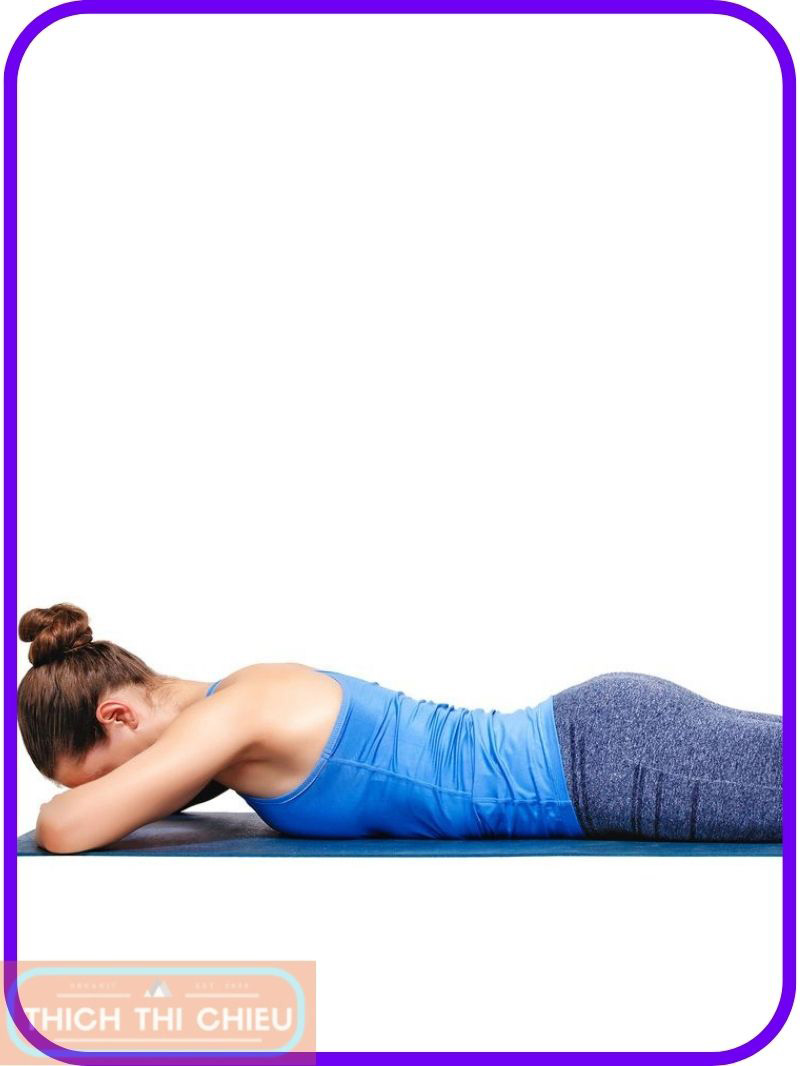
Yoga is a great way to relax and de-stress, but it’s important to prepare properly before you begin your practice. Here are a few things you can do to get ready:
Find a quiet and comfortable place
You’ll want to find a place where you won’t be disturbed. This could be your living room, bedroom, or even a park. Make sure the space is well-ventilated and has enough room for you to move freely.
Use a yoga mat, towel or blanket
A yoga mat will help to cushion your joints and keep you from slipping during your practice. You can also use a towel or blanket to provide extra padding.
Wear comfortable clothing
You’ll want to wear clothing that is loose-fitting and allows you to move freely. Avoid wearing anything that is too tight or restrictive.
Eat a light meal or snack
If you’re going to practice yoga on a full stomach, you may feel uncomfortable. Try to eat a light meal or snack an hour or two before your practice.
Drink plenty of water
Staying hydrated is important for overall health and well-being. It’s especially important to drink plenty of water before, during, and after your yoga practice.
Warm up your muscles
Before you begin your yoga practice, it’s important to warm up your muscles. This will help to prevent injuries. You can do some light cardio, such as walking or jogging, or you can do some dynamic stretches.
How to Do The Makarasana
Preparation
Before you begin the Makarasana, it is important to find a quiet and comfortable place where you will not be disturbed. You can also use a yoga mat, or a towel or blanket to lie on.
How to Do The Makarasana
- Lie down on your stomach with your forehead resting on the floor.
- Fold your arms under your head, with your elbows bent
- Stretch your legs out behind you, keeping your toes pointed
- Close your eyes and focus on your breath
- Remain in this position for 2-5 minutes.
Benefits of The Makarasana
Reduces Stress and Anxiety
The Makarasana is a very relaxing pose that can help to reduce stress and anxiety. The deep breathing and gentle stretching help to calm the nervous system and promote a sense of peace and well-being.
Relieves Back Pain
The Makarasana can help to relieve back pain by gently stretching the muscles of the back and spine. The pose also helps to improve circulation to the back, which can further promote healing.
Improves Circulation
The Makarasana helps to improve circulation throughout the body by gently compressing the abdomen and chest. This can help to reduce swelling and improve overall cardiovascular health.
Promotes Relaxation
The Makarasana is a very relaxing pose that can help to promote relaxation both physically and mentally. The deep breathing and gentle stretching help to release tension and promote a sense of calm.
Increases Flexibility
The Makarasana can help to increase flexibility in the spine, back, and legs. The gentle stretching helps to lengthen the muscles and improve range of motion.
Enhances Sleep
The Makarasana can help to enhance sleep by promoting relaxation and reducing stress. The pose also helps to regulate the body’s natural sleep-wake cycle.
Additional Benefits
In addition to the benefits listed above, the Makarasana has also been shown to:
- Improve digestion
- Boost the immune system
- Reduce headaches
- Increase energy levels
- Improve mood
Variations of The Makarasana
There are a few variations of the Makarasana that you can try to suit your needs and preferences.
For a deeper stretch
Place your forearms on the floor with your hands clasped in front of you. This will provide a deeper stretch for your back and shoulders.
If you have lower back pain
Place a folded towel under your hips. This will help to support your lower back and reduce stress on the area.
To make the pose more challenging
Lift your head and shoulders off the floor, keeping your arms bent. This will increase the intensity of the stretch for your back and shoulders.
Other Variations
You can also try other variations of the Makarasana, such as:
- Placing your arms out to the sides with your palms facing up
- Crossing your ankles
- Bending your knees
- Rotating your hips from side to side
Tips for the Makarasana
Here are a few tips for getting the most out of the Makarasana:
Relax your entire body
The first and foremost thing to do in any yoga pose is to relax your entire body. This means releasing any tension that you may be holding in your muscles, your mind, and your breath. When you are relaxed, you will be able to get the most out of the pose and experience its full benefits.
Focus on your breath
Your breath is a powerful tool that can help you to relax and focus your mind. When you are in the Makarasana, take slow, deep breaths in through your nose and out through your mouth. Focus on the feeling of the breath as it enters and leaves your body.
Don’t force the pose
It is important to not force yourself into any yoga pose, including the Makarasana. If you feel any pain or discomfort, come out of the pose and try a different variation. There are many different ways to do the Makarasana, so find one that feels comfortable and safe for you.
Come out of the pose slowly
Just as it is important to enter the Makarasana slowly, it is also important to come out of the pose slowly. This will help to prevent any injuries or discomfort. When you are ready to come out of the pose, gently roll onto your side and then sit up slowly.
Listen to your body
The most important tip for the Makarasana is to listen to your body. If you feel any pain or discomfort, come out of the pose and try a different variation. There is no right or wrong way to do the pose, so find one that feels good for you.
Additional Tips
- You can use a bolster or pillow to support your head and neck.
- You can place a blanket over your body to help you stay warm.
- If you find that your legs start to cramp, you can bend your knees slightly.
Contraindications of The Makarasana
While the Makarasana is generally safe for most people, there are a few contraindications that should be considered. These contraindications include:
- Pregnancy: During pregnancy, the body undergoes many changes, including hormonal shifts and increased abdominal pressure. Practicing the Makarasana while pregnant can put undue stress on the abdomen and may lead to complications. It is recommended to avoid this pose during pregnancy and consult with a healthcare professional before attempting any yoga poses.
- Recent abdominal surgery: If you have had recent abdominal surgery, it is important to allow your body time to heal before attempting the Makarasana. The pose can put pressure on the abdomen and may interfere with the healing process. It is recommended to wait until you have received clearance from your doctor before resuming yoga practice, including the Makarasana.
- Severe back pain: If you have severe back pain, the Makarasana may not be suitable for you. The pose can put stress on the back and may aggravate existing pain. It is recommended to consult with a healthcare professional or yoga instructor to determine if the Makarasana is appropriate for your individual condition.
In addition to the specific contraindications mentioned, it is important to listen to your body and avoid the Makarasana if you experience any pain or discomfort during the pose. If you have any concerns about your health or fitness level, it is always advisable to consult with a healthcare professional before attempting any yoga poses.
The Makarasana, or Crocodile Pose, is a gentle and restorative yoga pose that is known for its ability to relax the body and mind. It is a great pose to do at the end of a yoga practice, or whenever you need to de-stress and recharge. Hopefully, the above article of TTC has provided you with useful information. If you have any questions or concerns, please leave a comment below.
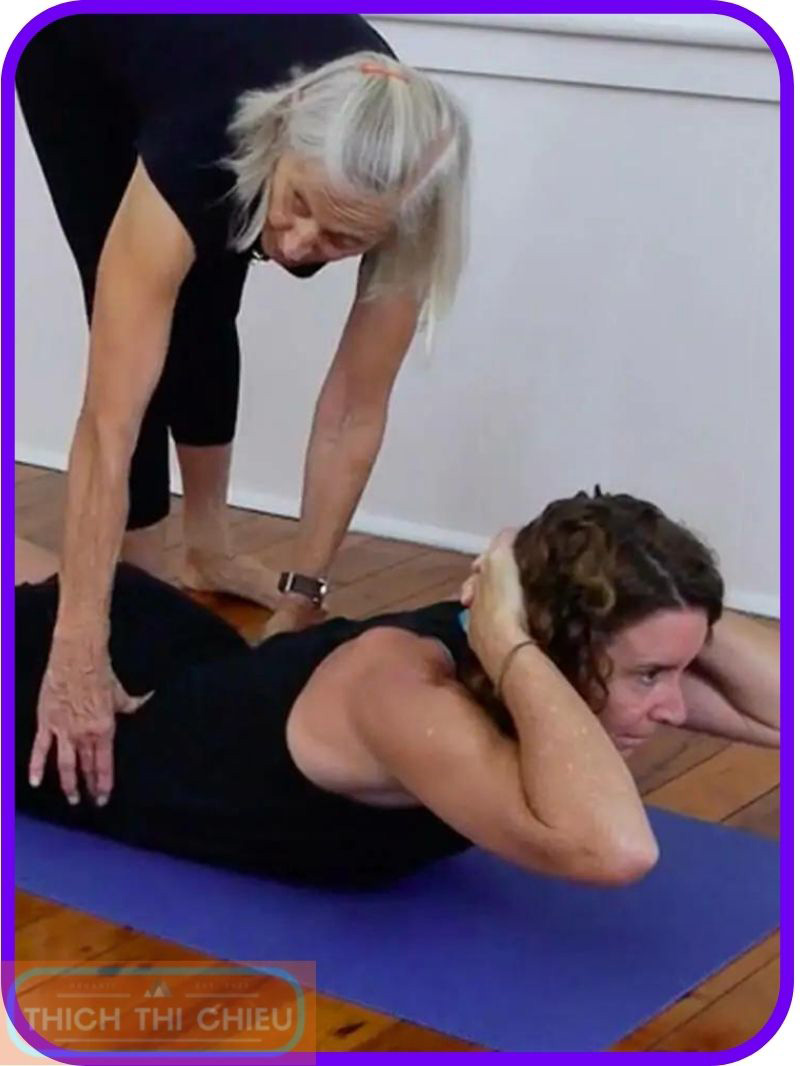
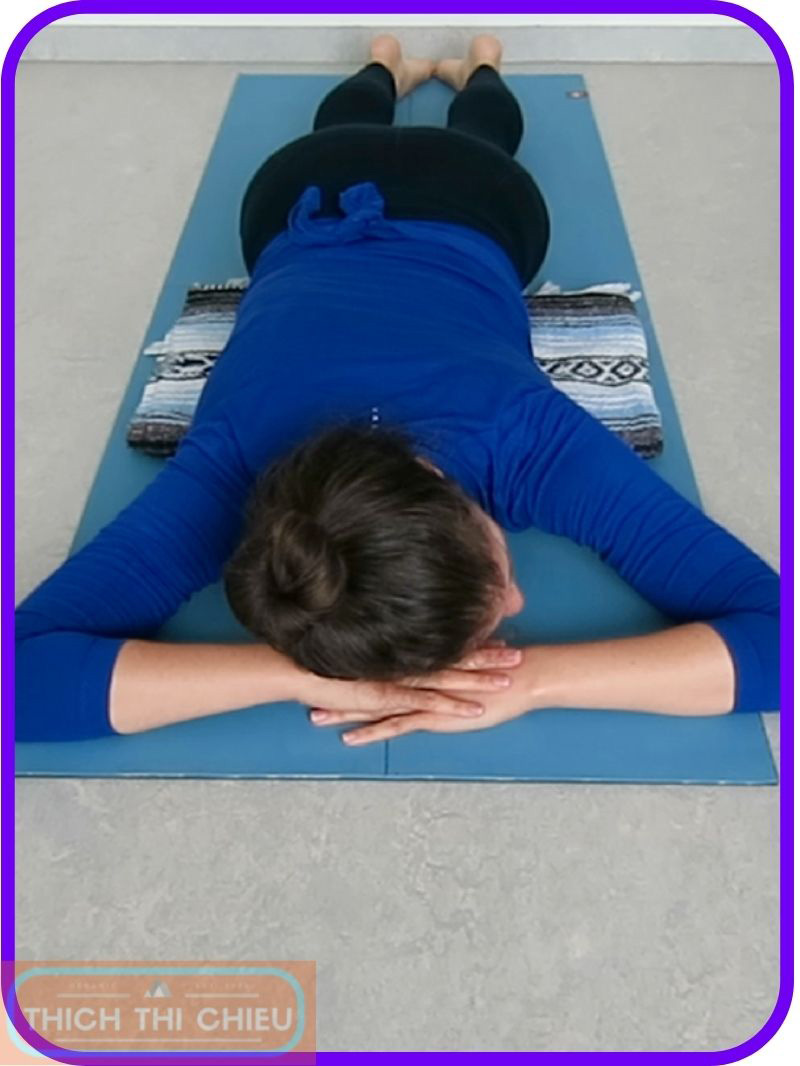
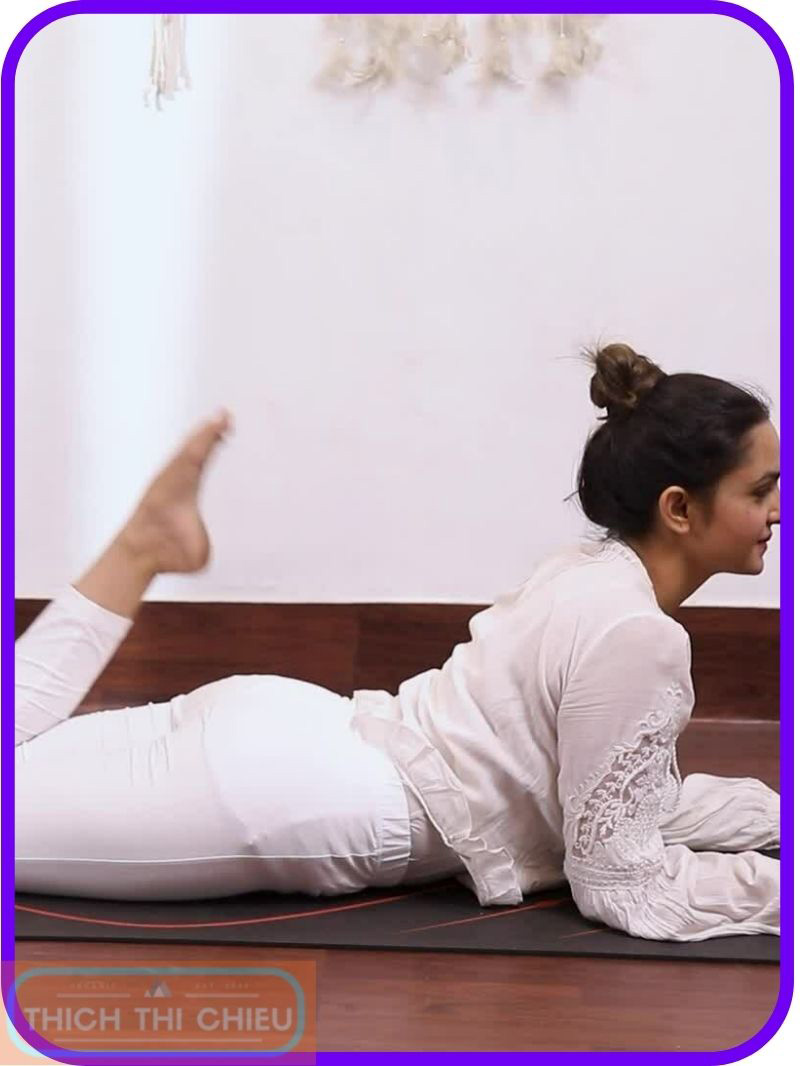
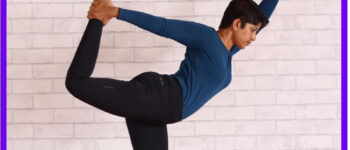
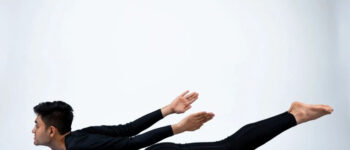

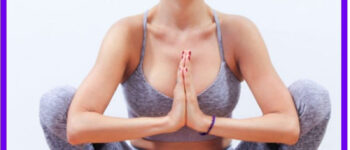

Leave a Reply